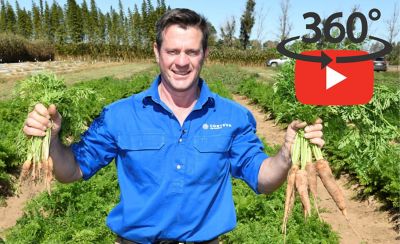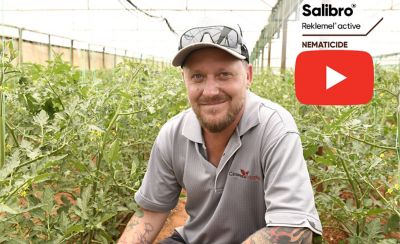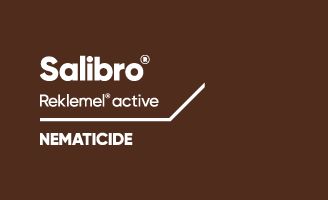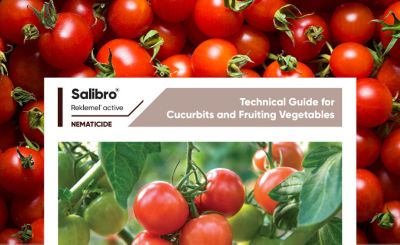Soil health benefits with new Salibro® nematicide
The ability to move away from soil fumigants towards a more sustainable option to control nematodes has been welcomed by Daniel Hoffmann, who grows a wide range of vegetable crops at Penfield, South Australia.
Mr Hoffmann said their protected cropping enterprise had been operating for more than 30 years, growing tomatoes capsicum, eggplant, cucumber and zucchini.
“Nematodes are one of our biggest issues,” he said. For longer crops like capsicums it's always going to be a big problem. They will just take over and you end up without any fruit at all. You are going to get one third of the yields that you would normally get.”
He said in the past, the only real option to control nematodes was to fumigate the soil which controlled the pest but caused other issues.







